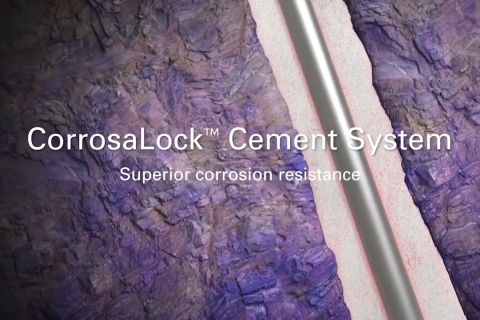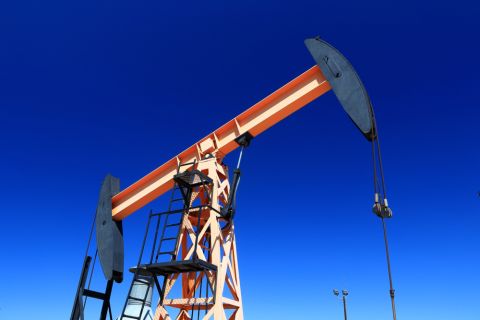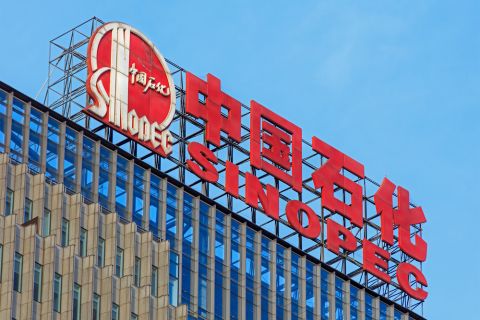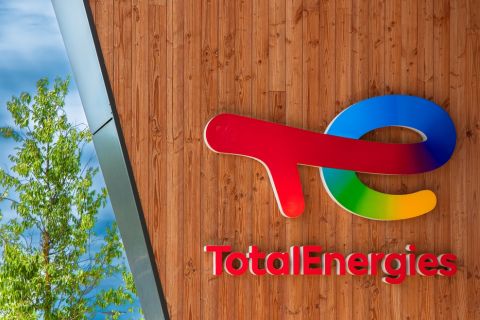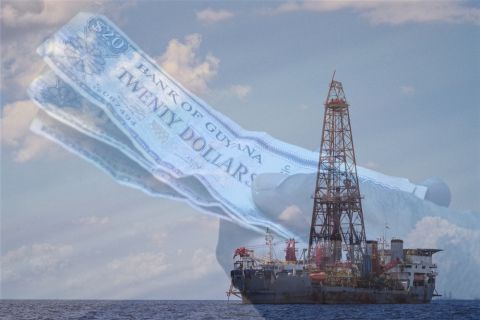As subsea production installations continue to move into deeper waters, the need grows for larger vessels capable of efficiently transporting and installing the systems. Douglas-Westwood—in its World Subsea Vessel Operations Market Forecast—forecast $106 billion in expenditure on subsea vessel operations between 2013 and 2017. This forecast is 54% higher than the preceding five-year period. The company sees a move in the market toward higher specification vessels to cater to the deeper and more complicated field development programs.
“Subsea development will continue to account for an increasing share of global offshore activity,” said Thom Payne, a Douglas-Westwood manager. “With the move to deeper waters, the requirements for vessels for a longer duration on site and with higher specifications are increasing.”
One such vessel is set to take the stage in 2016 with its launch from the Hyundai Heavy Industries Shipyard located in Ulsan, South Korea. At that time Subsea 7 will add the heavy construction vessel (HCV)—the Seven Arctic—to its fleet of 40-plus vessels.
The Seven Arctic will be the “workhorse of our fleet,” according to Stuart Smith, Subsea 7’s vice president of technology and asset development. Designed to address the operational challenges for subsea construction in ultradeepwater and hostile environments, the vessel will bring new capabilities to the market.
In addition to being equipped with a 7,000-mt Maats underdeck basket for flexible pipe/umbilical storage, a 325-mt top tension Huisman Vertical Pipelay System and a new design 900-mt Huisman rope-luffing knuckle-boom crane, the new HCV also offers increased deck space, higher deck load and faster transit speeds.
According to the company, the crane design maintains knuckle-boom functionality for offshore construction activity but overcomes the weight penalty and impact on ship stability associated with conventional knuckle-boom crane designs. This results in a crane with great versatility and efficiency that can be used in 300-mt, 600-mt or 900-mt lift modes. Advancements in both ship and crane design are expected to increase the vessel’s overall cost effectiveness.
“With just the amount of equipment we will be able to get on deck—at 4,000-odd [metric] tons—means that customers potentially need fewer mobilizations for a particular scope of work, reducing the number of transits they have to do,” Smith said. “Also, our speeds are a little higher, so if they have a long transit to do, they can do that a lot quicker, and that saves on day rates.”
David Mair, the company’s group vice president of business development, added that “with the range of activities that we’ll be able to do with a vessel like this, it will fit nicely in a whole basket of different projects. It will be a useful addition to our portfolio and, therefore, we can expect to be using this vessel for a good number of days every year. That in itself can meter a more cost-effective rate per day for the vessel. If we can bring that down, then cost effectiveness for our clients naturally becomes a part of that.”
Recommended Reading
Tech Trends: Halliburton’s Carbon Capturing Cement Solution
2024-02-20 - Halliburton’s new CorrosaLock cement solution provides chemical resistance to CO2 and minimizes the impact of cyclic loading on the cement barrier.
To Dawson: EOG, SM Energy, More Aim to Push Midland Heat Map North
2024-02-22 - SM Energy joined Birch Operations, EOG Resources and Callon Petroleum in applying the newest D&C intel to areas north of Midland and Martin counties.
Sinopec Brings West Sichuan Gas Field Onstream
2024-03-14 - The 100 Bcm sour gas onshore field, West Sichuan Gas Field, is expected to produce 2 Bcm per year.
TotalEnergies Restarts Gas Production at Tyra Hub in Danish North Sea
2024-03-22 - TotalEnergies said the Tyra hub will produce 5.7 MMcm of gas and 22,000 bbl/d of condensate.
Exxon Versus Chevron: The Fight for Hess’ 30% Guyana Interest
2024-03-04 - Chevron's plan to buy Hess Corp. and assume a 30% foothold in Guyana has been complicated by Exxon Mobil and CNOOC's claims that they have the right of first refusal for the interest.

